American Wheat and the Wheat Safari 2014
“The supper would be delicious—omelets never fell and cakes rose to balloons of lightness, biscuits fluffed up, and no one could season a stew like Agnes Morrison.”
East of Eden, John Steinbeck
Inspiration
Emerald green until the land meets the sky. If I had to describe August in eastern North Dakota in just one word, it would be green. American wheat is grown here, along with corn and soybeans. Sunflowers, sugar beets and hay are part of the landscape too. Celiac disease, gluten sensitivity, the gluten-free diet and the very popular books Wheat Belly and Grain Brain have left us searching to understand the implications of American wheat in our diets. I am fortunate that no one in my family has Celiac disease or gluten sensitivity. I continue to bake with American wheat to feed my family and develop recipes. With so much media coverage I was more than interested in learning about how American wheat is bred, grown, harvested and processed. I learned all this and more. The different classes of American wheat and the baking performance in different types of recipes captured my attention. Wheat Safari 2014 offered a perspective on American wheat flour that begins long before the bag of flour is placed in the shopping cart.
From the genetic history of wheat to touring the state-owned North Dakota Mill I learned that nearly half of all wheat grown in the Unites States is exported. Food cultures are unique, requiring different classes of wheat that perform best in each type of baked product and pasta. Hard wheat has a greater protein content and develops more gluten, making this the best flour for yeasted bread and pasta. Soft wheat has a lower protein and gluten content and is better suited to making cakes and pastries. The ever present all-purpose flour at our American stores is a blend of hard and soft wheats, with a protein content of 10-12%. Dr. Senay Simsek, professor at the University of North Dakota’s Wheat Quality Lab told us that our home baking would be improved if we chose a flour that was tailored to the type of product we were making. After all, that’s what commercial and professional bakeries do to achieve excellent baked products. Recommending bread flour for bread and cake flour for cookies and cakes caught my attention. There’s pastry flour too. The world of whole wheat flour is a topic for another time. (Currently there is a wide variation in the blends of whole wheat flour and therefore the protein content, which in turn affects baking performance.) It was at that moment that I became curious about the blends of flours that are available at the grocery store, their protein content, how it affects my baking. I’m using up the flour I have in my pantry but when I shop for flour I will be checking for protein content to match my baking.
| The Six Main Classes of American Grown Wheat | ||||||
|---|---|---|---|---|---|---|
| Wheat classes | Protein range | Protein range, 5 yr avg. | Types of flour | Best uses | ||
| Durum (Semolina) | 10-16% | 14.4% | semolina | pasta, cous-cous | ||
| Hard Red Spring | 12-16% | 14.3% | bread, blending | bread, bagels, pizza dough, frozen dough, blending wheat | ||
| Hard Red Winter | 10-14% | 12.4% | bread, all-purpose | all-purpose flour, pan bread, Asian noodles, hard rolls, flat breads | ||
| Hard White | 10-16% | 10.3% | white whole wheat | whole grain bread, tortillas and other flat breads | ||
| Soft Red Winter | 8-11% | 9.9% | cake & pastry | cakes, cookies, pastries, muffins, chemical leavened breads , pretzels, flat breads | ||
| Soft White | 8-12% | 10.4% | pastry for export | Asian noodles, sponge cakes, cookies, pastries | ||
Essentials
Pillowy soft, fluffy flour tortillas can be filled, rolled or folded and are just as versatile as bread or crepes. Although my mom is a native Californian the only tortillas we knew came in a box. They were the pre-shaped corn things she filled with hamburger, iceberg lettuce, tomatoes and Monterey Jack cheese. I hadn’t heard of burritos, or even salsa yet. My introduction to flour tortillas came as an amazing after school snack when I visited a friend’s house. We found homemade tortillas wrapped in a tea towel waiting for us. We warmed the tortillas in a cast iron skillet and rolled them with peanut butter and homemade strawberry jelly. A slather of soft margarine and spoonfuls of cinnamon sugar in fresh flour tortillas was another indulgent snack. The first bite of a homemade flour tortilla is so sublime. It almost melts in your mouth.
Flour tortillas are easy to make, most of the time is spent waiting for the dough to rest. The softest flour tortillas are made with lard. Second best is vegetable shortening. I use the non-hydrogenated kind to feed my family. This recipe makes very puffy tortillas, just like a thin version of naan or pita bread. Reduce the baking powder to 1/2 teaspoon if puffy is just too much tortilla. This recipe uses cake flour which has a lower protein content and makes even lighter, fluffier tortillas. But without the strength from a higher protein flour, these tortillas tend to crack and break open. Here’s a bread basket full of ideas for tucking inside Soft and Fluffy Flour Tortillas. And the best salsa recipe for those juicy ripe end-of-summer tomatoes.
| Ingredients | |
| 2C | all-purpose flour |
| 1t | baking powder |
| 1/2t | fine grain sea salt |
| 1/4C | non-hydrogenated vegetable shortening |
| 1/2C | warm water |
- In a medium size bowl mix together the flour, baking powder and salt. Add the vegetable shortening and rub the shortening into the flour until no visible pieces of shortening remain. Gradually stir in the warm water until a soft, smooth dough forms.
- Turn the dough out on a lightly floured work surface and bring the dough together in a ball. Cut the dough in quarters and then in thirds to make a dozen small 6” tortillas. For large, burrito size tortillas cut the quarters in half. Form the dough into flattened circles and cover with a tea towel to rest for twenty minutes.
- On a lightly floured work surface, with a lightly floured rolling pin roll the pieces of dough into 6” circles. Heat a griddle or skillet on medium high heat. Cook the tortillas in the heated pan until bubbles form on top and the bottom is brown where the tortilla touches the hot surface of the pan. Turn the tortilla and cook the other side in the same manner.
The Wheat Foods Council paid for my travel, accommodations and the Wheat Safari but I have no obligation to write about the trip. I am expressing my own opinions about American wheat from the perspective of an avid baker.
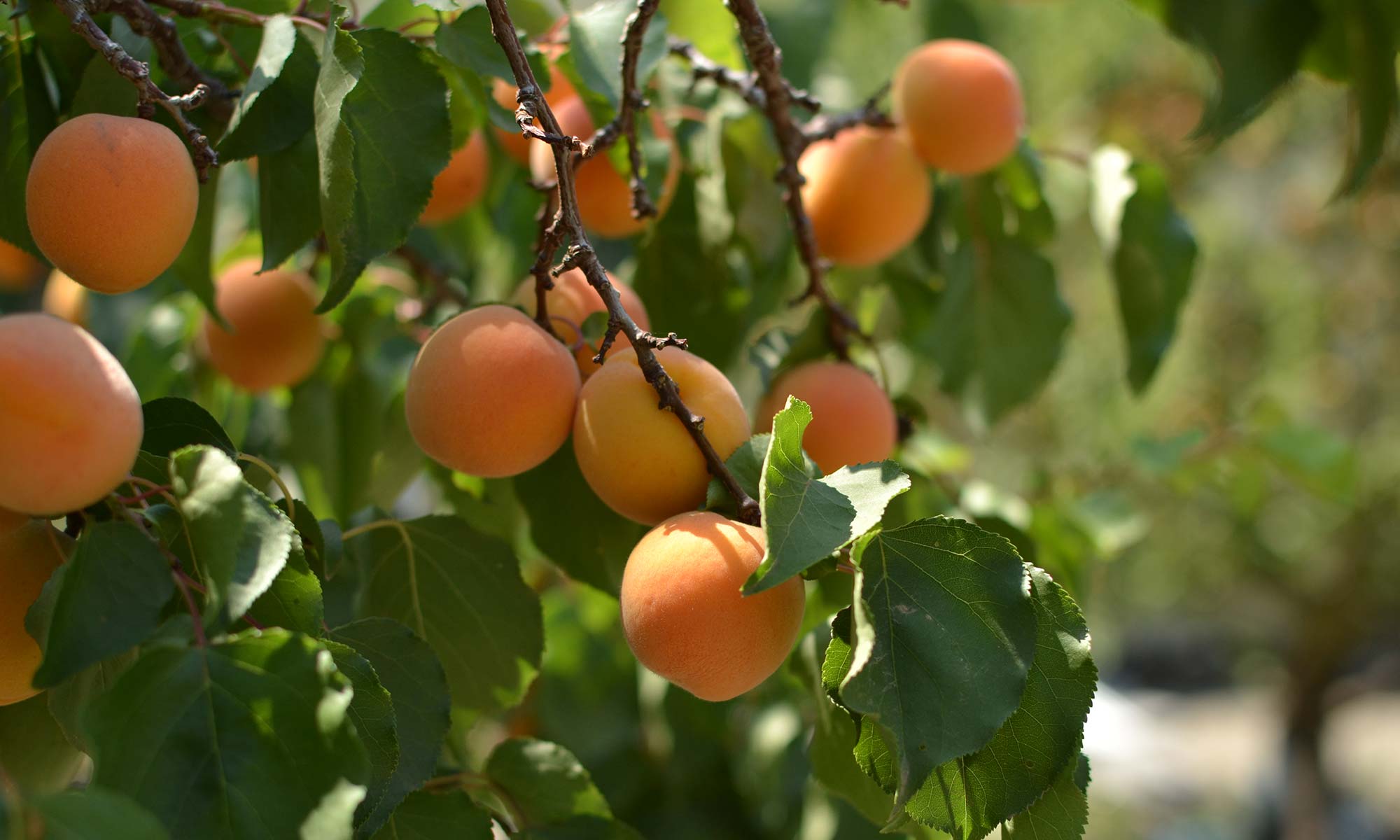
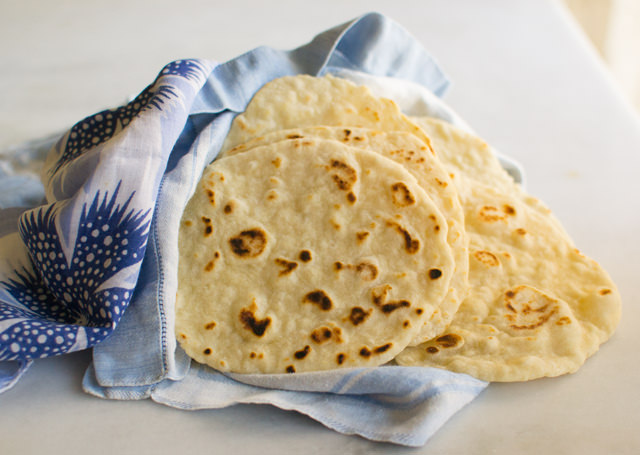
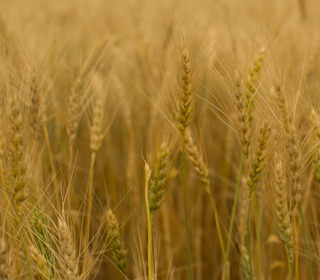
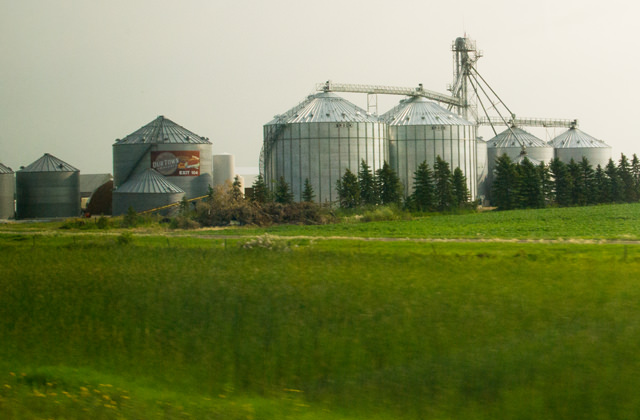

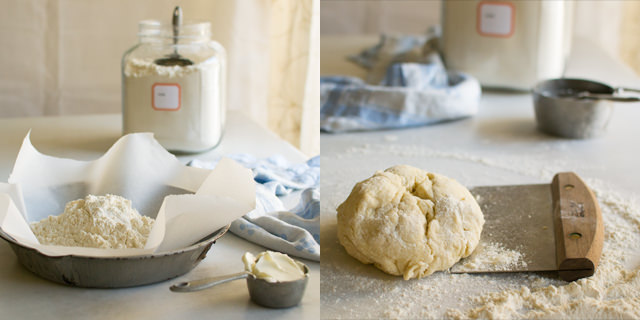
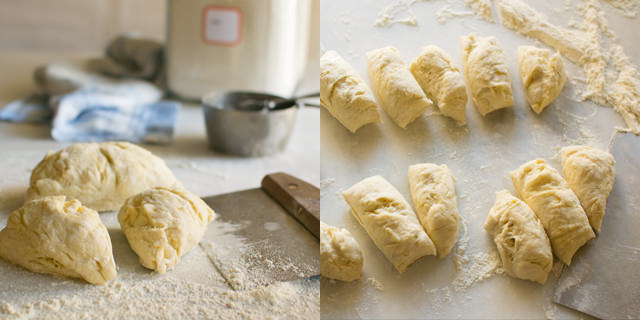
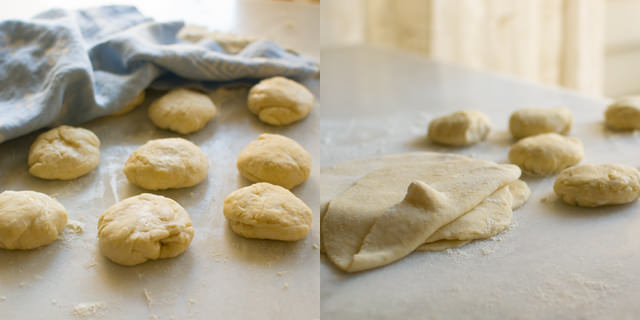
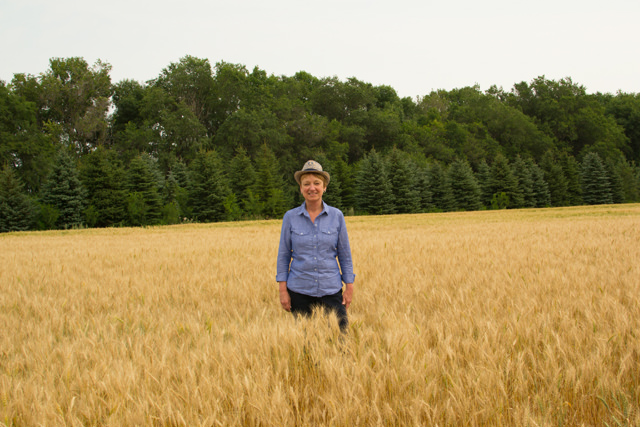
I always hate the long list on flour tortillas at the supermarket, these look easy enough for me to make at home, and skip all the added chemicals in the store bought ones.
Thank you Catalina! Homemade tortillas are very easy to make and a joy to eat!
Thank you for sharing this information. Personally, I don’t have celiac/gluten sensitivity either, but I try to limit my intake. I just find I feel healthier if I keep my carb intake to sweet potatoes and rice instead of bread 🙂
The flour tortilla do look incredible soft and fluffy. Yum!
Thank you for the thoughtful comment Joyti! As much as I enjoy breads and desserts I limit my intake too. I feel better and can moderate my weight if I eat more vegetables and protein.
A VERY interesting read, Deb. Health issues aside, knowing how the wheat you’re using will affect the outcome of the food you’re preparing is vital. And — no surprise — the tortillas look lovely 🙂
Thank you Viviane! My family loves home made tortillas!
Loved this article Deb – so much interesting information! I’ve been making my own tortillas lately [even blogged the corn ones earlier this year] and they are just SO much better than the store bought ones. Super easy to make too!
Thank you for the gracious comment Donalyn! I agree, home made tortillas are easy to make and much better than store bought.
Great post, and so timely. I try and make my own breads and flatbread whenever I can, freezing extras for another time. We have different, softer wheat here in Europe/UK but many of the same issues. I’ve just posted a chocolate and pear quesadilla recipe and your tortillas would be lovely for it!
Thank you Kellie! I’ll be right over to to enjoy the lush chocolate and pear quesadilla!
such great information, Deb! and those tortillas…they look delicious. I just recently made pitas for the first time ever and loved it, so these are going on the to-do list (since i’ve only had the “out of the bag” variety too. 🙂
Thank you Shannon! Baking is such sublime therapy!
This is so interesting and something I also often think about. It seems that there are fewer cases of gluten intolerance in Europe and I wonder if it has to do with how the flour is processed. And now I have a wonderful tortilla recipe. Thank you!
Thank you for the thoughtful comment Lynda. I learned about the latest research into gluten intolerance at the Wheat Safari. Currently there is no scientific agreement regarding the increase, or if there really is an increase, in gluten intolerance. This is a topic that effects our health and economy and is of great interest to me as an avid baker.
What deliciously informative post! So many people jump on a *trend* without first understanding it fully. Thanks for this post. Your tortillas look delightful and it’s good to put a face to the name.
Thank for the gracious comment Jacquee!
I’ve never made homemade tortillas, but I’d love to try it! Freshly made, the flavor is so good. Your memory of a snack with peanut butter and strawberry jelly in a fresh tortilla is giving me cravings!
Thank for the lovely comment Lisa! The simplest of snacks can be the most rewarding.
What a great informative post. The Germans label their flour differently and I often wondered what it meant. With the help of this post I may be able to understand it. I posted your recipe on my Facebook page so that my german friends can make tortillas.
Thank you Gerlinde! Tortillas are becoming a universal food! I would love to try baking with German flours!
Very interesting Deb, as I always buy strong flour for breadmaking or pasta without thinking why! And the tortillas look so light and soft, I will definitely try them soon. 🙂
Thank you for the thoughtful comment Cathy! Choosing the correct type of flour for a specific baking or cooking project makes a huge difference in the final product.
Deb, you’ve inspired me to experiment with different flours in my recipe creating. I instinctively reach for all-purpose for most of my cake and cookie recipes while the canister of cake flour sits barely touched unless a particular recipe requires it. I’m going to play with flour – and your tortilla recipe is the perfect place to begin.
Thank you for the intriguing comment Mary! There are differences in cake flour too. Some brands are just all-purpose flour and cornstarch. Then there is a more authentic cake flour, made from low protein wheat that this very finely ground and has been sifted through a finer mesh screen.
A very well written article, Deb!!! My family and I love tortillas (especially the homemade ones), breads, and many foods made from wheat.
What a lovely pic of you in the wheat fields!!!.
Thank you for the wonderful comment Denise! Baking with wheat flour brings me much joy.
I love flour tortillas, yours look so soft and delicious! The chart you included on the classes of wheat is most informative!
Thank you Laura! I learned have learned so much about wheat and wheat flour. It has really helped me become a better baker.
So interesting and informative, Deb. And, I love the photos. Will have to try your flour tortillas — I love light and puffy!
Thank you for the gracious comment Carol, much appreciated! Homemade tortillas are such a delight compared to store bought.
That was an absolutely fascinating post, Deb–to be honest, I’ve been thinking a lot about this issue myself (what with all the discussion around other types of processed foods, GMO’s, etc.), and wheat is something I’d never really heard about in the discussion. Thanks for sharing this with us, and it’s good to see you posting!
Thank you for the thoughtful comment Ala! I agree, there is so much conflicting information about the food we eat.